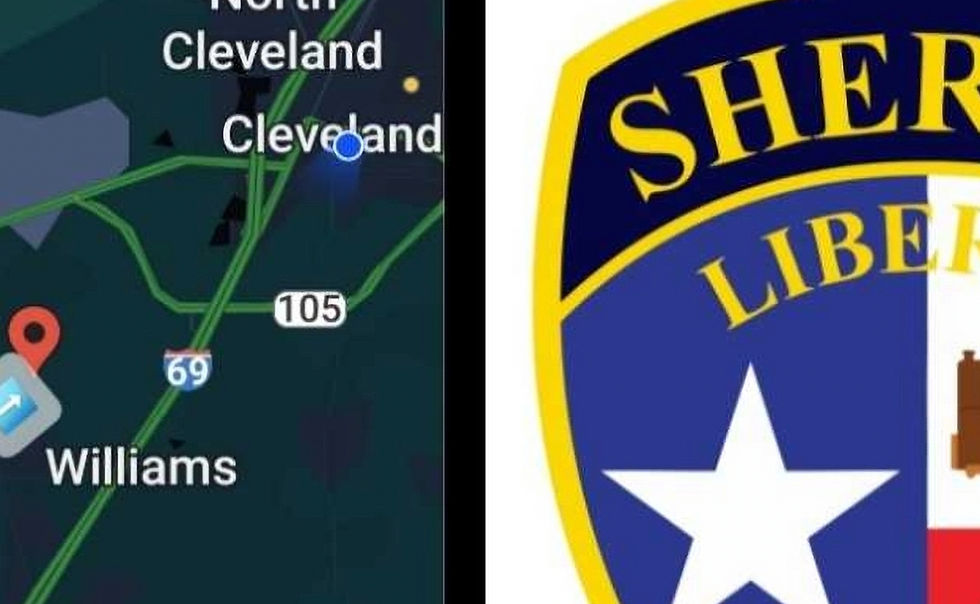RADIO Scanner Frequencies and Scanner Information
- Ray Chappell - CTSN

- Jan 8, 2022
- 2 min read
Scanner decision - From The RadioReference Wiki
One of the most often asked questions on the Radio Reference forums is actually a set of questions dealing with what scanner should someone buy. They often take the form of, "What is the best scanner for where I live?" or "What is the cheapest digital scanner I can buy?".
Hopefully this article will address these concerns and answer some of the questions the potential scanner user (and some new scanner users) have about what they must have to get into this hobby. This article will restrict itself to answering the basic questions that need to be addressed and will not deal with additional accessories that you may have heard of or are contemplating such as outside or mobile antennas, external speakers, computer programming of the specific scanners, etc.
Types
Scanners are roughly divided into two types:
Conventional
A conventional scanner is designed to follow sets of discrete frequencies, each one carrying separate types of conversations. Conventional scanners are not capable of properly following trunked conversations (see next topic.)
Trunk Tracking
A trunk-tracking scanner is designed to allow the programming of a set of frequencies that are used among several channels or agencies on a shared basis. See the Trunking Basics article for an overview of how trunking works. All trunk tracking scanners are also conventional scanners.
The most common trunking system types are:
Motorola
EDACS
LTR
Project 25
Scanners are available to work with all of these types of systems, but not all scanners can receive all types.
Modes
All typical scanners have the common modulation methods (such as FM and AM) used in public safety or aircraft, but there are many newer modes, and not all scanners can receive them.
Analog
This is the most common type of transmission method currently in use; however, it is giving way to the digital modulation age. All scanners are capable monitoring analog transmissions. In regards to public safety monitoring, this typically means FM type of transmissions. In aircraft monitoring, this is normally AM transmissions. Some scanners, and many receivers, can also receive the Wide-FM signals of FM broadcast stations.
Digital
This is where it becomes a little more involved. Over the years various methods of digitally encoding voice to send across the airwaves have been developed. In public safety use today there are two main ones you need to be concerned with, one is P25 CAI and the other is ProVoice.
The important thing to remember is that there are no scanners capable of decoding ProVoice. Scanners are made to decode P25 digital modulation, but that capability comes at a premium price. There are other digital modes that you may run across during your research, for example: VSELP (not monitorable) or OpenSky (not monitorable). The thing to remember is today the only digital mode used that is monitorable by today's scanners is APCO-25 (P25 CAI). (Don't confuse the P25 Common Air Interface, which is just the audio encoding method, with Project 25 which is the entire trunking system, with a 9600bps control channel.)
READ MORE HERE - https://wiki.radioreference.com/index.php/Scanner_decision?fbclid=IwAR279q94OgPKxC9qj0Ui0LhhIlez2Uqh2OZoJES3mMQZUZSsYBJkGW9DyX0

The Radio Reference Database (United States)
** FREQUANCIES** LINK- https://www.radioreference.com/apps/db/







The Radio Reference Database (United States)
** FREQUANCIES** https://www.radioreference.com/apps/db/
______



Comments